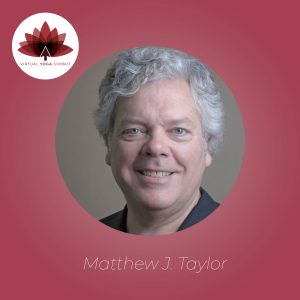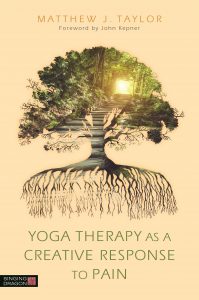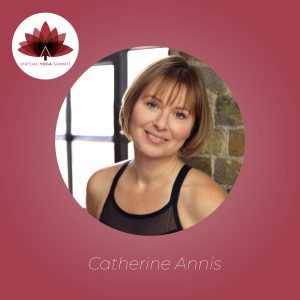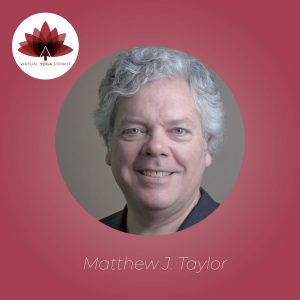
Matthew J. Taylor, PT, PhD, C-IAYT is a yoga safety expert, advisor to and past president of the International Association of Yoga Therapists, Accessible Yoga board member, and a yoga policy consultant. He directs SmartSafeYoga.com and authored the book Yoga Therapy as a Creative Response to Pain (Singing Dragon, 2018), as well as over 40 other publications.
In this video, Matt provides some practical information and tips on keeping yoga teaching simple and efficient, while remaining inclusive towards all students.
Yoga Therapy as a Creative Response to Pain
Matthew J. Taylor. Foreword by John Kepner
A guide that supports yoga therapists in creating a programme of care for those living with chronic pain, through bringing pain science, creativity and yoga together for the first time. It provides the skills and knowledge to create an environment that restores hope and meaning as well as practical guidance. Read more


 These remarks are based on my 17 years as an expert witness in yoga injury cases and yoga safety advocate. This is not legal advice nor counsel because I’m not an attorney, but reflects my understanding from working with attorneys as to what they look for and utilize in either defending or prosecuting a matter. These remarks also reveal my deep biases as a “recovering manual physio” and how yoga differs, at least philosophically, from other practices.
These remarks are based on my 17 years as an expert witness in yoga injury cases and yoga safety advocate. This is not legal advice nor counsel because I’m not an attorney, but reflects my understanding from working with attorneys as to what they look for and utilize in either defending or prosecuting a matter. These remarks also reveal my deep biases as a “recovering manual physio” and how yoga differs, at least philosophically, from other practices.